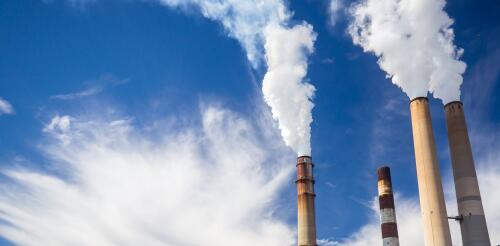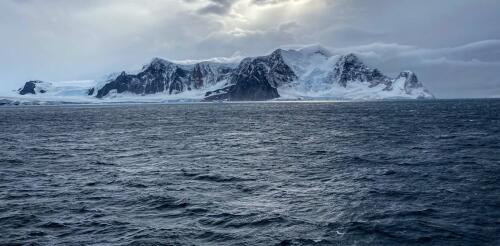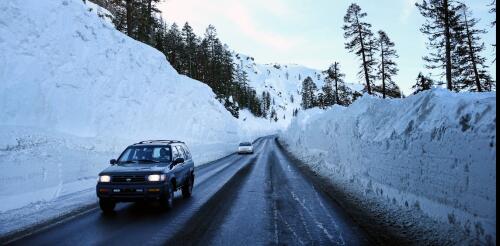Climate
As the eastern U.S. and Canada reeled from days of thick wildfire smoke in early June 2023, millions of people faced the reality of climate change for the first time. Shocking images of New York under apocalyptic orange skies left many people glued to air quality indices and wondering whether it was safe to go outside. What they might not realize is that the air many of them breathe isn’t healthy even when wildfire smoke isn’t filling the sky. In fact, the air that 99% of the world’s population breathes is not safe, according to the World Health Organization. Air pollution is everywhere, in cities and in the countryside, visible and invisible. It kills an estimated 7 million to 10 million people a year, taking 2.2 years off global average life expectancy. Worldwide, that’s a combined 17 billion life years. There is growing evidence that even low levels of air pollutants damage the human body, increasing the risk of cardiovascular and respiratory illness...
The U.S. government is planning to crack down on power plants’ greenhouse gas emissions, and, as a result, a lot of money is about to pour into technology that can capture carbon dioxide from smokestacks and lock it away. That raises an important question: Once carbon dioxide is captured and stored, how do we ensure it stays put? Power plants that burn fossil fuels, such as coal and natural gas, release a lot of carbon dioxide. As that CO₂ accumulates in the atmosphere, it traps heat near the Earth’s surface, driving global warming. But if CO₂ emissions can be captured instead and locked away for thousands of years, existing fossil fuel power plants could meet the proposed new federal standards and reduce their impact on climate change. We work on carbon capture and storage technologies and policies as a scientist and an engineer. One of us, Klaus Lackner, proposed a tenet more than two decades ago that is echoed in the proposed standards: For all car...
Cold spells often bring climate change deniers out in force on social media, with hashtags like #ClimateHoax and #ClimateScam. Former President Donald Trump often chimes in, repeatedly claiming that each cold snap disproves the existence of global warming. From a scientific standpoint, these claims of disproof are absurd. Fluctuations in the weather don’t refute clear long-term trends in the climate. Yet many people believe these claims, and the political result has been reduced willingness to take action to mitigate climate change. Sen. James Inhofe brought a snowball to the Senate floor in February 2015 to argue that because it was cold enough to snow in Washington, D.C., climate change wasn’t real. That year became the hottest on record and has since been surpassed. Why are so many people susceptible to this type of disinformation? My field, psychology, can help explain – and help people avoid being misled. The allure...
Looking out across the Southern Ocean near Antarctica, I can see whales and seabirds diving in and out of the water as they feed on sea life in the lower levels of the food web. At the base of this food web are tiny phytoplankton – algae that grow at the ocean surface, taking up carbon from the atmosphere through photosynthesis, just as plants on land do. Because of their small size, phytoplankton are at the mercy of the ocean’s swirling motions. They are also so abundant that the green swirls are often visible from space. Typically, phytoplankton remain near the surface of the ocean. Some may slowly sink to depth because of gravity. But in the turbulent Drake Passage, a 520-mile-wide (850 km) bottleneck between Antarctica and South America, something unusual is happening, and it has an impact on how the ocean takes carbon dioxide – the main driver of global warming – out of the atmosphere. A satellite image capt...
After three years of extreme drought, the Western U.S. is finally getting a break. Mountain ranges are covered in deep snow, and water reservoirs in many areas are filling up following a series of atmospheric rivers that brought record rain and snowfall to large parts of the region. Many people are looking at the snow and water levels and asking: Is the drought finally over? There is a lot of nuance to the answer. Where you are in the West and how you define “drought” make a difference. As a drought and water researcher at the Desert Research Institute’s Western Regional Climate Center, here’s what I’m seeing. How fast each region recovers will vary The winter of 2023 has made a big dent in improving the drought and potentially eliminating the water shortage problems of the last few summers. I say “potentially” because in many areas, a lot of the impacts of drought tend to show up in summer, once the winter rain and snow stop and the...




